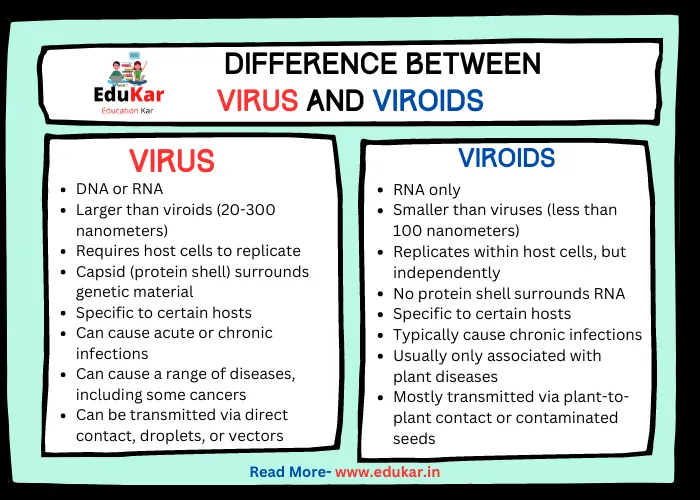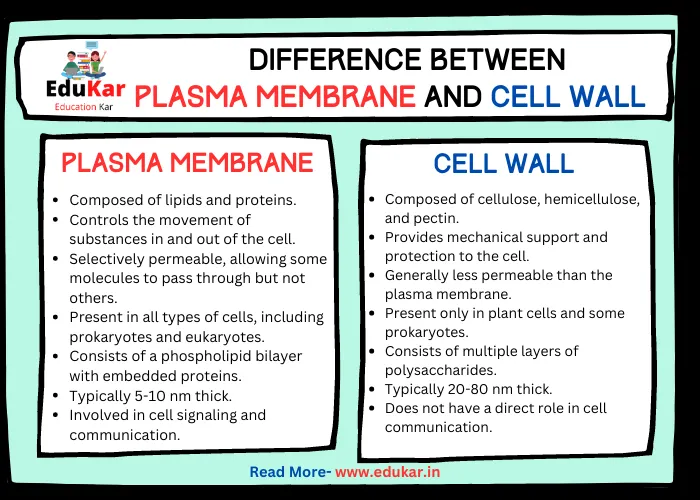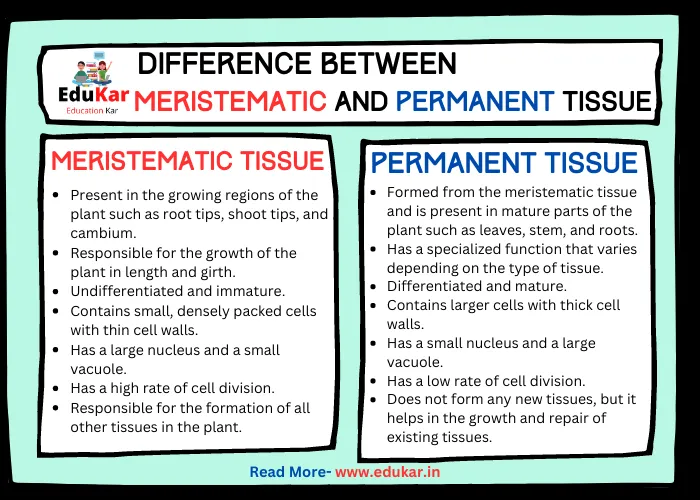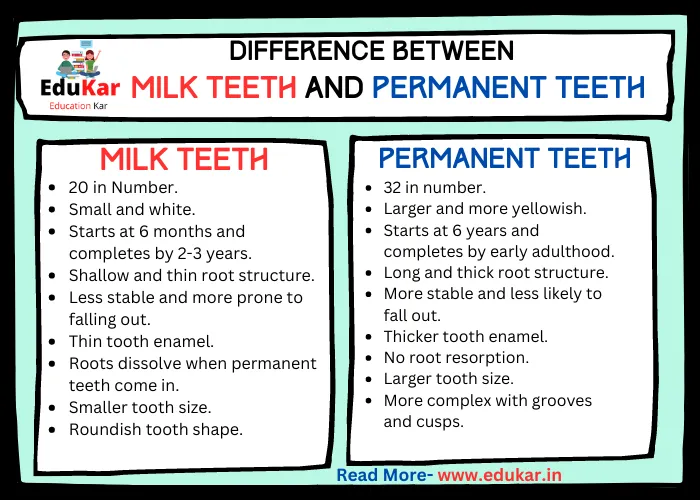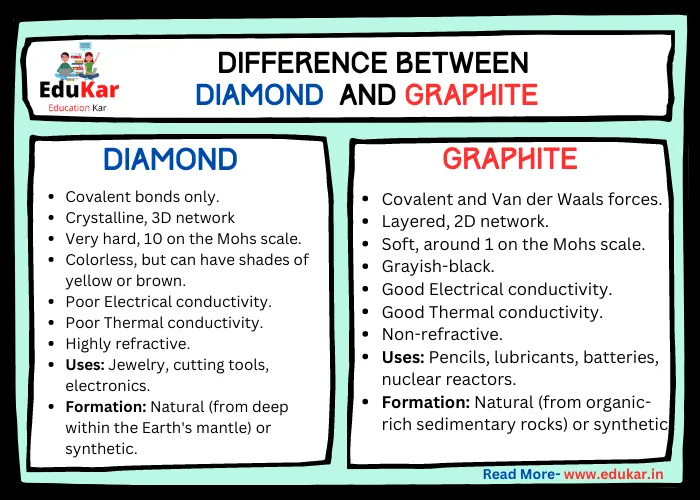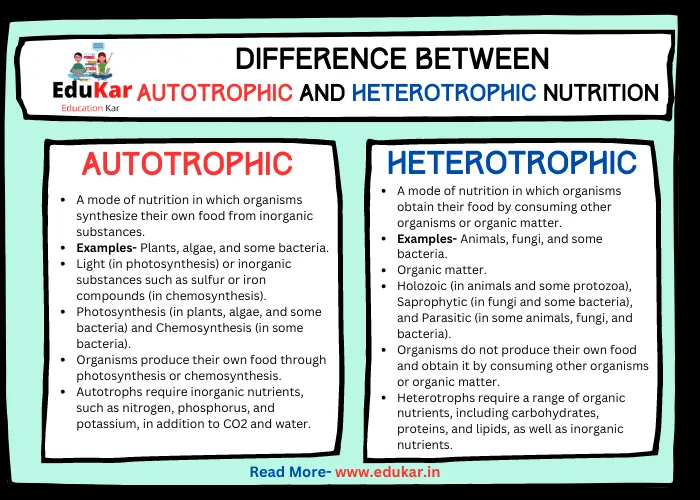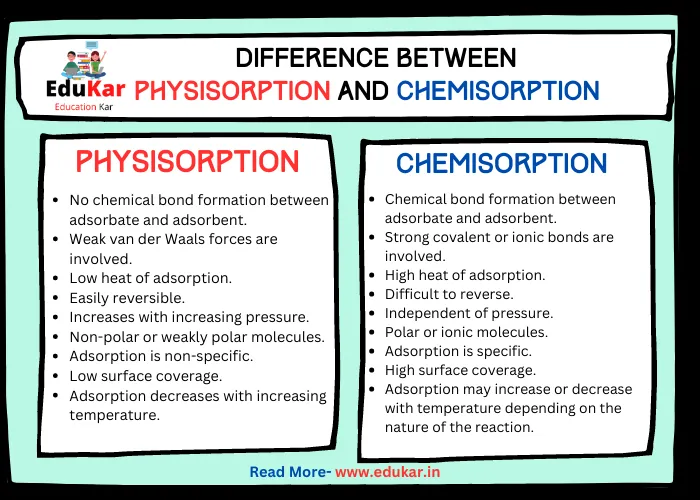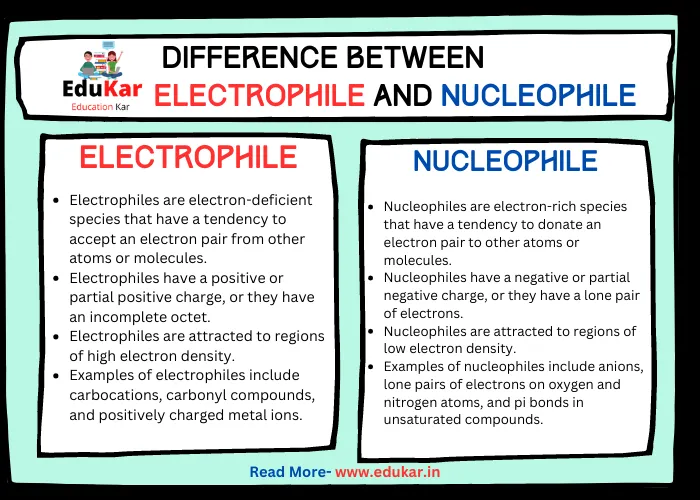Contents
- 1 Exonucleases
- 2 Endonucleases
- 3 Differences between Exonucleases and Endonucleases
- 4 Conclusion
- 5 FAQs
- 5.1 What is an exonuclease?
- 5.2 What is an endonuclease?
- 5.3 What is the main difference between exonuclease and endonuclease?
- 5.4 How do exonucleases and endonucleases differ in their function?
- 5.5 What are some examples of exonucleases?
- 5.6 What are some examples of endonucleases?
- 5.7 Can an exonuclease also act as an endonuclease?
- 5.8 Can an endonuclease also act as an exonuclease?
Exonucleases and endonucleases are two types of enzymes involved in DNA and RNA processing, but they differ in their mechanisms and functions. Learn about the key distinctions between these two types of nucleases in this article.
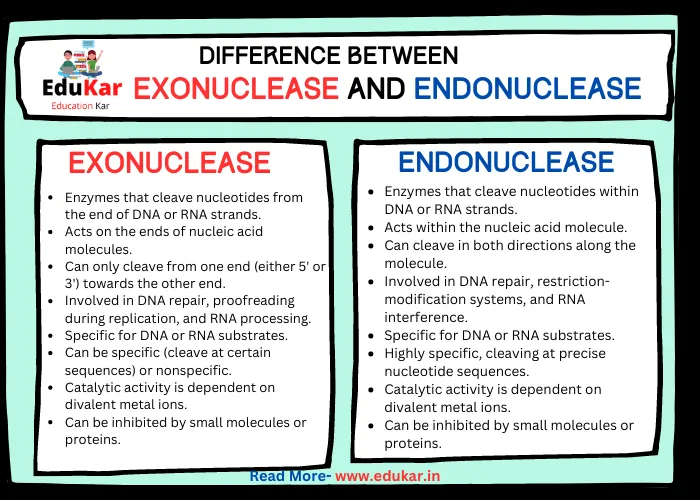
DNA is the fundamental building block of life, and it is crucial to understand its structure and function. Nucleases are enzymes that play a vital role in DNA manipulation. They are involved in many important cellular processes, such as DNA repair, replication, and transcription. There are two primary types of nucleases: exonucleases and endonucleases.
Exonucleases
Exonucleases are enzymes that cleave nucleotides one at a time from the end of a DNA molecule. They can either remove nucleotides from the 3′ or 5′ end of a strand.
Types of exonucleases
There are two types of exonucleases: 3′ exonucleases and 5′ exonucleases.
3′ exonucleases cleave nucleotides from the 3′ end of the DNA molecule. They are important in DNA replication and repair processes, and they help to remove any damaged or mismatched nucleotides from the end of a strand. Examples of 3′ exonucleases include ExoI, ExoII, and ExoIII.
5′ exonucleases cleave nucleotides from the 5′ end of the DNA molecule. They are important in DNA repair processes and can help to remove any damage that has occurred at the end of a strand. Examples of 5′ exonucleases include RecJ and ExoV.
Applications of exonucleases
Exonucleases have many important applications in molecular biology research. They can be used to remove unwanted nucleotides from the end of a strand or to generate single-stranded DNA fragments for cloning.
Endonucleases
Endonucleases are a class of enzymes that cleave the phosphodiester bonds within the DNA or RNA molecules. They are involved in many important biological processes, including DNA replication, DNA repair, and gene expression. Endonucleases are found in all living organisms, from bacteria to humans.
Types of Endonucleases
There are several types of endonucleases, including restriction endonucleases, repair endonucleases, and processing endonucleases.
1. Restriction endonucleases are enzymes that cleave DNA at specific recognition sites, and they are commonly used in molecular biology for DNA cloning and analysis.
2. Repair endonucleases are enzymes that are involved in the repair of damaged DNA, such as the removal of thymine dimers caused by UV radiation.
3. Processing endonucleases are enzymes that cleave RNA molecules during their maturation, such as the cleavage of precursor messenger RNA (pre-mRNA) into mature mRNA.
Endonucleases play an important role in biotechnology, especially in the field of genetic engineering. The discovery of restriction endonucleases, which can cut DNA at specific sites, has revolutionized molecular biology by allowing scientists to manipulate DNA in a controlled and precise manner. For example, restriction endonucleases are used to cut DNA into fragments that can be separated by gel electrophoresis, cloned into vectors, or sequenced.
Differences between Exonucleases and Endonucleases
| Parameter | Exonuclease | Endonuclease |
|---|---|---|
| Definition | Enzymes that cleave nucleotides from the end of DNA or RNA strands. | Enzymes that cleave nucleotides within DNA or RNA strands. |
| Site of action | Acts on the ends of nucleic acid molecules. | Acts within the nucleic acid molecule. |
| Directionality | Can only cleave from one end (either 5′ or 3′) towards the other end. | Can cleave in both directions along the molecule. |
| Function | Involved in DNA repair, proofreading during replication, and RNA processing. | Involved in DNA repair, restriction-modification systems, and RNA interference. |
| Types | 3′ exonuclease, 5′ exonuclease. | Restriction endonucleases, DNA repair endonucleases, RNA splicing endonucleases. |
| Substrate specificity | Specific for DNA or RNA substrates. | Specific for DNA or RNA substrates. |
| Cleavage specificity | Can be specific (cleave at certain sequences) or nonspecific. | Highly specific, cleaving at precise nucleotide sequences. |
| Enzyme activity | Catalytic activity is dependent on divalent metal ions. | Catalytic activity is dependent on divalent metal ions. |
| Inhibitors | Can be inhibited by small molecules or proteins. | Can be inhibited by small molecules or proteins. |
| Applications | Used in molecular biology techniques such as PCR and DNA sequencing. | Used in molecular biology techniques such as genetic engineering and gene therapy. |
Difference between Exonuclease and Endonuclease in Points:
Exonuclease:
- Cleaves nucleotides one at a time from the end of a DNA molecule.
- Can remove nucleotides from the 3′ or 5′ end of a strand.
- Types: 3′ exonucleases and 5′ exonucleases.
- Examples: ExoI, ExoII, ExoIII, RecJ, ExoV.
- Broad substrate specificity.
- Cleaves at the end of the DNA molecule.
- Used to remove unwanted nucleotides or generate single-stranded fragments.
Endonuclease:
- Cleaves the phosphodiester bonds within a DNA molecule.
- Types: restriction endonucleases and nicking endonucleases.
- Examples: EcoRI, HindIII, BamHI, Nt.BspQI, Nb.BsrDI.
- Recognize specific sequences.
- Cleaves at specific phosphodiester bonds.
- Used to generate fragments for analysis or to create staggered cuts for ligation.
Conclusion
Exonucleases and endonucleases are two types of enzymes that play important roles in DNA metabolism.
Exonucleases work by cleaving nucleotides from the end of a DNA or RNA strand, while endonucleases cleave within the strand. While both enzymes are involved in DNA repair and replication, they have distinct differences in terms of their structure, function, and activity.
Exonucleases are highly processive enzymes that can degrade large portions of DNA or RNA, while endonucleases are more specific and targeted in their cleavage.
Additionally, endonucleases can be classified into different subtypes based on their mechanism of action, such as restriction endonucleases and nicking endonucleases.
Overall, understanding the differences between exonucleases and endonucleases is important for researchers and scientists who are studying DNA metabolism and genetic engineering, as well as for individuals who are interested in learning more about the molecular mechanisms that underlie these processes.
FAQs
What is an exonuclease?
An exonuclease is an enzyme that cleaves nucleotides one at a time from the end of a polynucleotide chain.
What is an endonuclease?
An endonuclease is an enzyme that cleaves phosphodiester bonds within a polynucleotide chain.
What is the main difference between exonuclease and endonuclease?
The main difference is that exonucleases cleave nucleotides from the ends of a polynucleotide chain, while endonucleases cleave phosphodiester bonds within the chain.
How do exonucleases and endonucleases differ in their function?
Exonucleases function to degrade or modify nucleic acids by cleaving nucleotides from the ends of a polynucleotide chain. Endonucleases function to cleave within the chain, allowing for DNA repair or recombination.
What are some examples of exonucleases?
Some examples of exonucleases include DNA polymerases, which can also act as exonucleases, and RNase PH, which is involved in RNA processing.
What are some examples of endonucleases?
Some examples of endonucleases include restriction enzymes, which cut DNA at specific sites, and the enzyme FokI, which is used in CRISPR/Cas9 gene editing.
Can an exonuclease also act as an endonuclease?
In some cases, yes. For example, DNA polymerases can act as exonucleases to proofread newly synthesized DNA, but they can also cleave within a polynucleotide chain to remove damaged nucleotides.
Can an endonuclease also act as an exonuclease?
While endonucleases are primarily known for their ability to cleave within a polynucleotide chain, some endonucleases have been shown to possess exonuclease activity as well.

